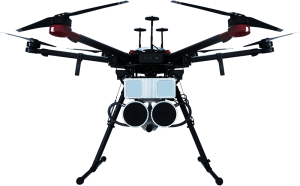
House and Senate conferees last Saturday evening reached agreement on a bipartisan, long-term reauthorization bill for the Federal Aviation Administration (FAA) that includes legislation allowing the Departments of Homeland Security and Justice to counter threats posed by drones in limited circumstances.The counter unmanned aircraft system (UAS) legislation also allows DHS to research, develop and test technologies for mitigating the drone threats, which is beyond the current testing that is done for passively detecting, tracking and identifying UAS systems that may…

 By
By 











